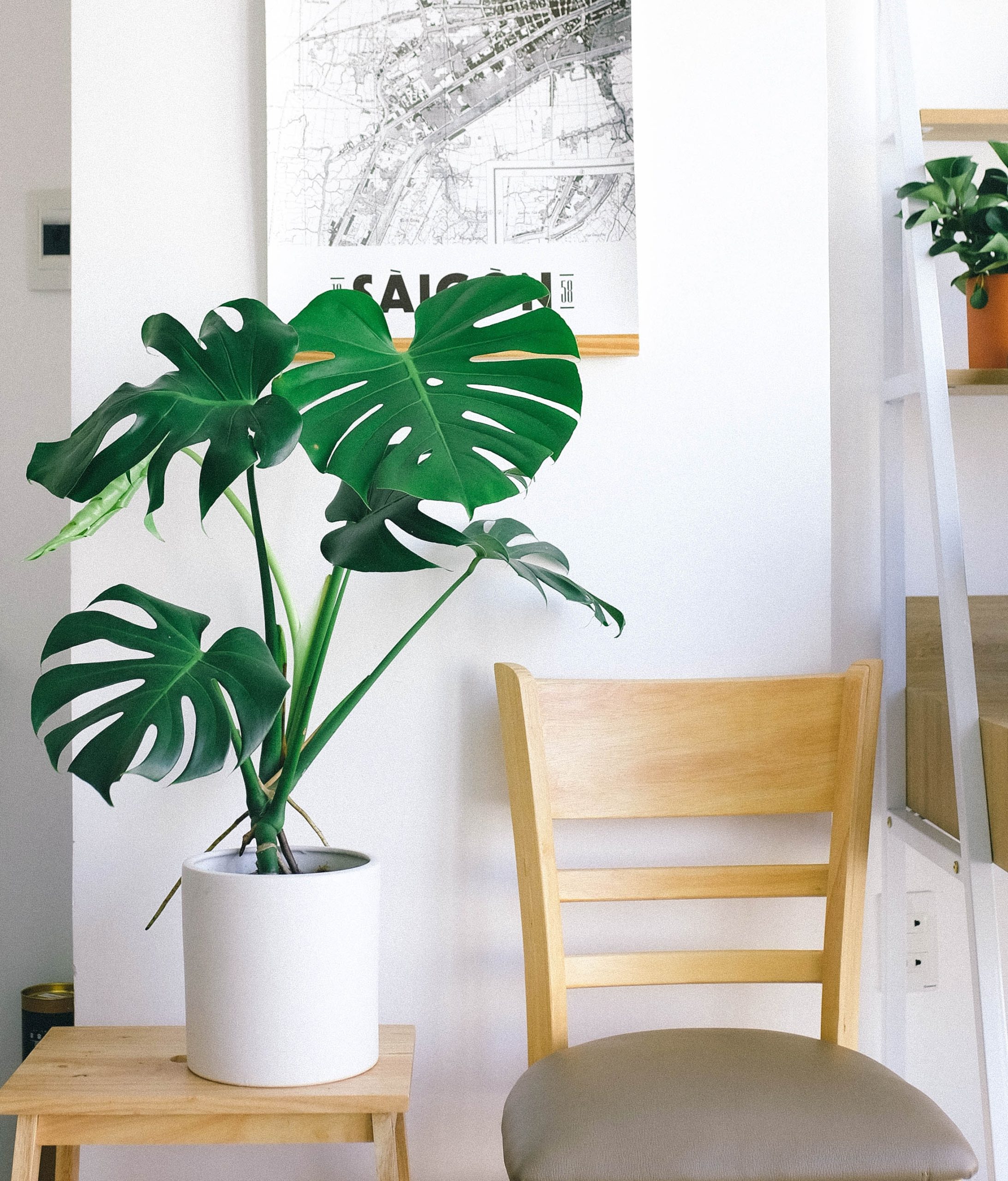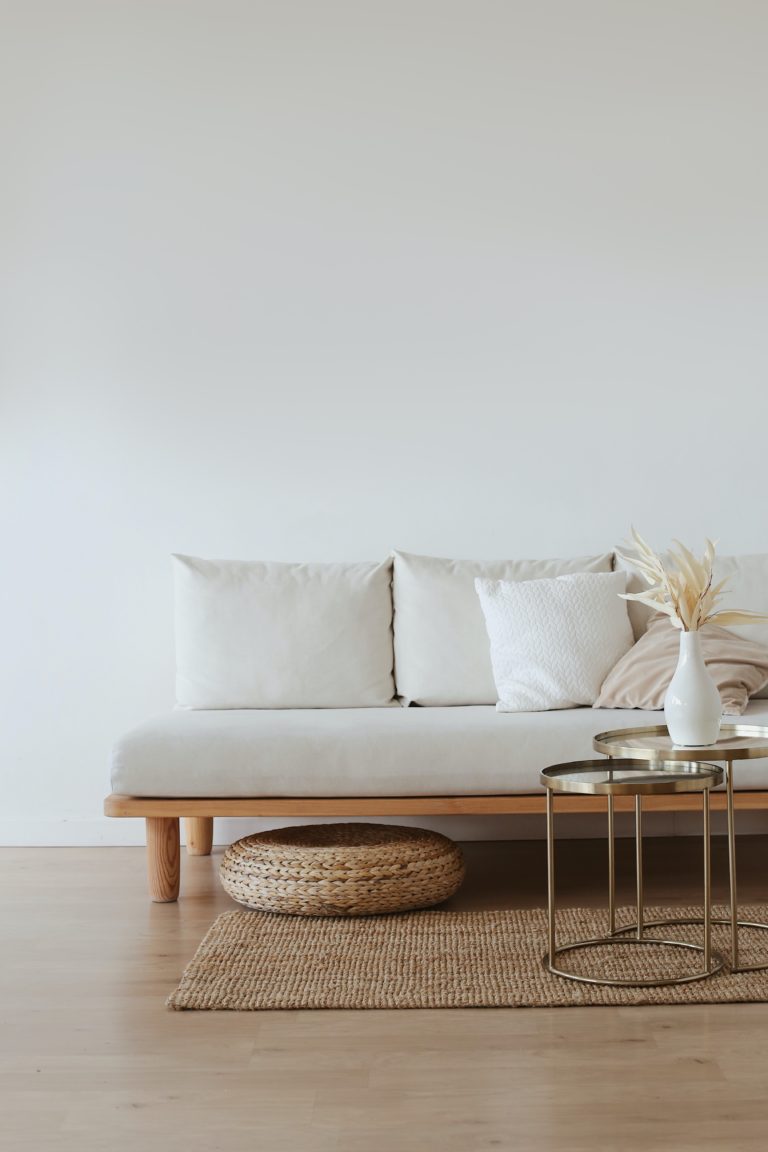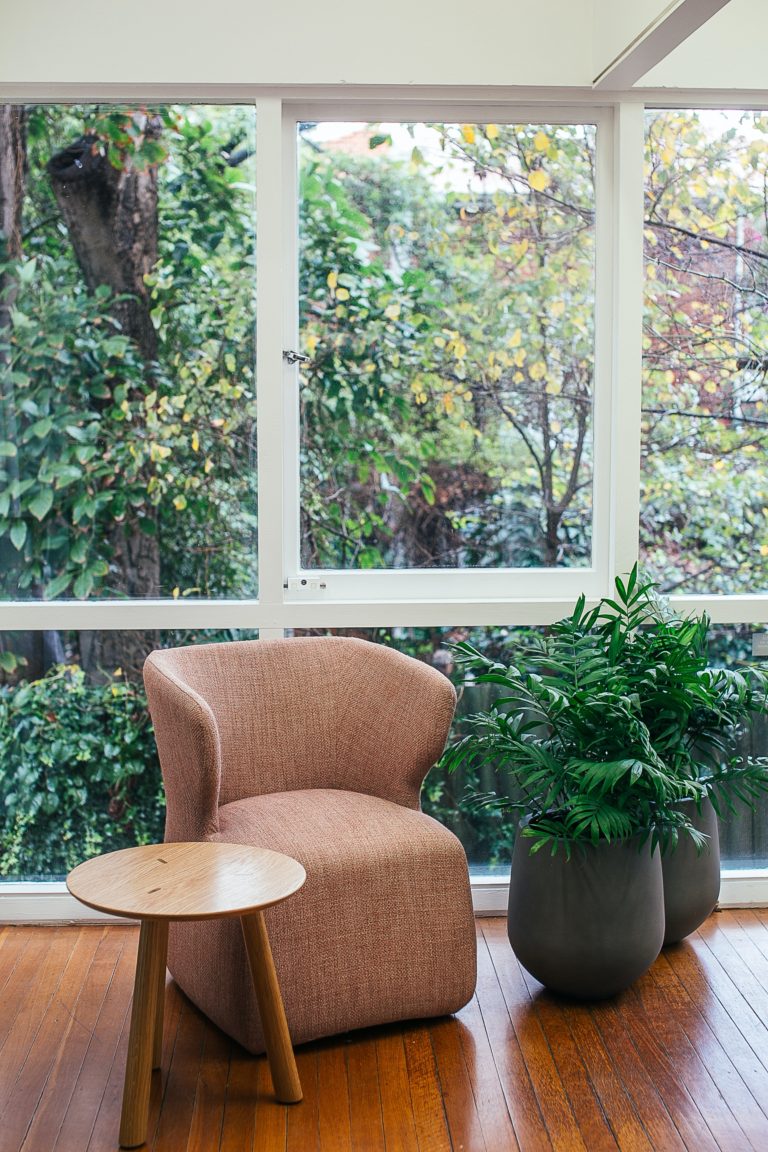Benefits of Indoor Plants: 5 Surprising Advantages for Your Home
Indoor plants have been gaining popularity as more and more people discover their numerous benefits. Humans are biophilic by nature, meaning we enjoy being close to nature, and indoor plants are an easy way to bring a piece of the outdoors, indoors. I certainly love them mainly because they are a touch of life to living spaces and are so neutral that they can be added anywhere in the house regardless of what your interior design is.
Most importantly, they have been shown to improve your overall physical and emotional well-being. Having plants in your home is usually not the first thing on people’s minds, because furniture is considered part of the essentials like a sofa or dining table would be, but in this article, we’ll uncover a variety of ways they can enrich your life and why you should consider making indoor plants a necessity.
Scientific studies have found that spending less than 20 minutes in a room with indoor plants can make you feel more at peace, happier, and more satisfied than when they were in a room without house plants.
By bringing a little greenery into your life, you’re bound to experience the natural and scientifically-backed benefits that these versatile organisms have to offer. By understanding the numerous benefits they provide and the best plants to include in your space, you can create a more enjoyable, nurturing environment for yourself and others in your life.
Air Quality Improvement

Indoor plants can benefit your living space in various ways, one of which is air quality improvement. In this section, we’ll dive into how they can help you achieve a better living environment through removing air pollutants and increasing humidity.
Removing Air Pollutants
Indoor plants can assist in removing air pollutants, such as ozone, to some extent. Although their ability to purify the air may not be significant, they do contribute to a healthier indoor atmosphere. These plants absorb harmful particles and release oxygen in the process, improving air quality and making it easier for you to breathe.
While it’s true that definitive studies proving the measurable impact of houseplants on indoor air quality are lacking, incorporating greenery into your home can still have positive effects. For instance, including plants in your workspace could boost your productivity and creativity, thanks to the refreshing environment they create.
Increasing Humidity
Another way indoor plants improve air quality is by increasing humidity. Plants release water vapor through microscopic leaf pores called stomata, which can help maintain a comfortable level of air moisture. This is particularly beneficial in dry indoor environments, where low humidity levels may cause eye or skin irritation and affect your overall well-being.
Enhanced humidity levels can also have indirect benefits, like reducing the occurrence of respiratory infections or allergies caused by dry air. So, adding a few indoor plants to your living or working space might just make the environment more pleasant and healthier for you and your loved ones.
Stress Reduction and Mental Health
Indoor plants offer a myriad of benefits for your mental health and overall well-being. In this section, we will discuss how these green companions can help reduce stress and improve various aspects of mental wellness.
Mood Enhancement
Being surrounded by plants can significantly improve your mood by lowering stress levels and increasing feelings of relaxation. Simply being exposed to greenery can help reduce feelings of depression, increase sociability, and boost self-esteem according to studies. It’s no wonder when we are stressed it’s sometimes good to take a walk outside and breathe in the fresh air. But it’s simply a great idea to always have the option of having greenery in your own living or working space
to create a more enjoyable, uplifting atmosphere all the time.
Boosting Productivity and Focus
Did you know that having plants in your environment can help you focus and be more productive? Studies show that being near indoor plants can help restock your stores of mental processing power after depleting them through intellectual work. You can enhance your concentration and achieve better results in your daily tasks simply by adding some greenery to your surroundings.
Biophilic Design Benefits
Biophilic design incorporates elements of nature into architectural and interior design. Including plants in your space is a great way to create a biophilic environment. According to Verywell Mind, interacting with plants can reduce physical and emotional stress through effects on the cardiovascular system, leading to decreased blood pressure and more soothing feelings. Creating a space filled with plants not only looks aesthetically pleasing, but also promotes relaxation and well-being.
Incorporating indoor plants into your life can have a positive impact on your mental health and emotional well-being. Consider adding some greenery to your environment to experience these benefits firsthand.
Aesthetic Appeal
Indoor plants not only bring numerous health benefits but also enhance the aesthetic appeal of your living space. In this section, we’ll discuss two main aspects of the aesthetic appeal: interior design enhancements and bringing nature indoors.
Interior Design Enhancements
Adding plants to your interior can instantly elevate the look and feel of your living environment. Different types of plants, whether big or small, offer fresh textures, colors, and shapes that can complement your home’s design scheme. You can experiment with various plant placements, such as hanging them from the ceiling, placing them on shelves, or arranging them on window sills, to create visual interest and balance within the room.
Moreover, selecting plants with interesting foliage, like the best aesthetic plants suggested by Good Housekeeping, can become focal points or conversation starters, capturing both your attention and that of your guests.
Bringing Nature Indoors
Indoor plants allow you to enjoy the beauty and tranquility of nature within the comfort of your own home. By incorporating plant life into your living space, you create a serene environment that contributes to overall well-being and relaxation.
People biologically respond to the presence of greenery, as it has been associated with mental and emotional benefits, such as reduced stress and increased happiness. Bringing nature indoors with plants can help foster a positive ambiance and enhance the overall aesthetic of your home. In turn, making your living space more enjoyable and soothing for you and your loved ones.
Physical Health Benefits
Lowering Background Noise
Having indoor plants can be beneficial for your physical health in various ways. One such benefit is their potential to lower background noise in your environment. Adding plants to your workspace, bedroom, or living area can help in dampening noise, providing you with a calmer, peaceful atmosphere. Plants can act as sound absorbers, reducing overall noise levels and making your indoor space more serene and comfortable for you.
Allergy Reduction
Another physical health benefit of indoor plants lies in their ability to combat allergens. Airborne dust and mold particles are common irritants that may cause allergies, but plants can help minimize these particles. According to Healthline, certain species are adept at removing toxins and contaminants from the air, making it cleaner for you to breathe.
You can amplify these benefits by carefully choosing the type of plants you keep in various spaces. For example, incorporating allergy-fighting plants such as spider plants, English ivy, or peace lilies in your living room or bedroom can offer significant relief from common allergens.
When selecting the best plants to boost your overall physical health indoors, remember to consider your individual needs and preferences. By making thoughtful choices, you can create an indoor environment that lowers noise pollution and reduces allergens, promoting a healthier and relieving atmosphere for you and your family.
Popular Indoor Plants and Their Benefits
When you’re selecting indoor plants for your home or office, it’s essential to choose varieties that not only add aesthetic appeal but also provide health benefits. Let’s explore some popular indoor plants and the advantages they offer in enhancing your indoor environment.
Snake Plant: Also known as Mother-in-Law’s Tongue, the Snake Plant is an excellent air purifier that removes toxins like formaldehyde, xylene, and trichloroethylene. It’s also low-maintenance and can thrive in various light conditions, making it a perfect addition to your space.
Spider Plant: This adaptable, easy-to-grow plant effectively filters out indoor pollutants such as benzene, formaldehyde, and xylene. The Spider Plant also improves humidity levels, contributing to a more comfortable living environment.
English Ivy: Known for its air-purifying qualities, English Ivy reduces airborne mold and allergens, which can be beneficial for allergy sufferers. However, be cautious if you have pets, as this plant can be toxic to them when ingested.
Peace Lily: Not only is the Peace Lily visually appealing with its showy white blooms, but it also removes toxins like benzene, formaldehyde, and trichloroethylene from the air. Keep in mind that this plant prefers medium to low light conditions and should be kept away from direct sunlight.
Aloe Vera: This easy-to-grow succulent is not only attractive but also functional. Aloe Vera helps remove formaldehyde from indoor air and can provide natural relief for minor burns or skin irritations when its gel is applied topically.
When choosing indoor plants, always consider their specific light, water, and care requirements to ensure their optimal growth and benefits. Including a variety of these popular indoor plants in your space can significantly improve air quality, reduce stress, and add a touch of natural beauty to your surroundings.
How to Choose the Right Indoor Plants
When shopping for indoor plants, keep in mind a few important factors to ensure you pick the best plants for your space. In this section, we’ll cover aspects like light requirements, maintenance and care, so you can make a well-informed decision.
Light Requirements
First, consider the amount and type of light your space receives. Observe the direction your windows face and the amount of sunlight they receive throughout the day. For instance, southern-facing windows tend to provide the strongest light, ideal for light-loving succulents like aloe plants, while eastern and western-facing windows offer moderate light for a good portion of the day suitable for many common houseplants. North-facing windows provide the least amount of light and are best for plants such as ivy or peace lilies, which can tolerate lower light levels (Bloomscape).
Maintenance and Care
When choosing indoor plants, think about the level of care and attention you can provide. Some plants require more maintenance than others, so assess your own willingness and ability to dedicate time to your plants. Take into account factors such as watering frequency, pruning, and any special care requirements.
- Low Maintenance Plants:
Examples of low-maintenance plants include snake plants, ZZ plants, and pothos. These plants are perfect for those with a busy schedule or who may not have the greenest of thumbs. - Medium Maintenance Plants:
Spider plants, rubber plants, and philodendrons are medium-maintenance plants that require a bit more care and attention for optimal growth. - High Maintenance Plants:
Ferns, calatheas, and orchids are examples of high-maintenance plants that may require precise watering schedules, specialized pruning, or specific humidity levels.
Taking into account these factors, such as light requirements and maintenance level, will help you choose the right indoor plants for your space. Remember that with the right care and attention, indoor plants can provide numerous benefits for your overall well-being and provide a more pleasant living environment.
Conclusion
By now, you should have a good understanding of the benefits indoor plants can bring to your life. Not only do they add color and aesthetic appeal to your space, but more importantly, they offer several health advantages that make a significant difference in your well-being.
Remember, indoor plants are known to reduce stress levels, improve air quality, and create a more comfortable indoor environment. As you explore the world of indoor plants and incorporate them into your life, you may even gain a soothing new hobby that brings you peace and joy.
To make the most of these benefits, consider the following tips:
- Choose a variety of indoor plants to maximize their positive effects on your mood and health.
- Research the care requirements for each plant and make sure your selected indoor plants complement your living space and lifestyle.
- Regularly maintain your plants by watering, pruning, and providing them with sufficient light, ensuring their longevity and vitality.
Embracing the world of indoor plants can transform your living space and offer you a myriad of health benefits. So go ahead, explore the options available, and experience the power of bringing nature into your home.




